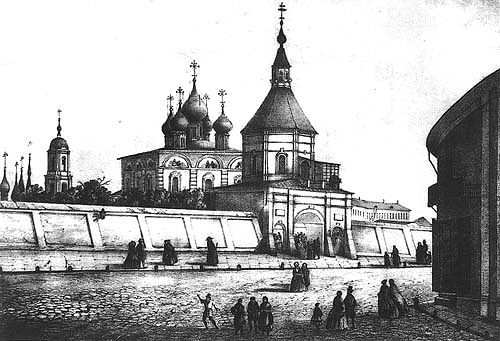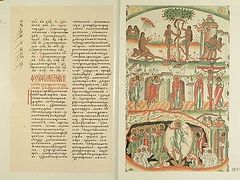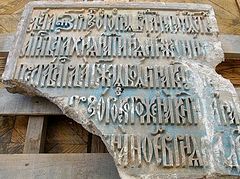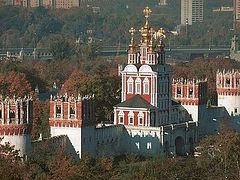Moscow, April 5, 2018
Archaeologists have discovered a white stone grave from the 16th-17th centuries, fragments of a white clay vessel from the 18th century, and a kettle from the 17th century in central Moscow, on the site of the former Zlatoustovsky (Chrysostom) Monastery, Moscow’s oldest monastery before the revolution, reports the site of the mayor of Moscow.
The artifacts were found while service lines were being relayed at a depth of 4 feet at 5 Little Zlatoustovsky Alley, the only building from the former monastery that is still standing.
The head of Moscow Department of Cultural Heritage Alexei Emelianov has stated that there is a possibility of creating an open-air exhibition with the items found.
Zlatoustovsky Monastery was first mentioned in 1412: “Archdeacon Joachim reposed and was buried in the Monastery of St. John Chrysostom, outside the city of Moscow.”
In 1479, a stone cathedral was built at the monastery by order of Tsar Ivan III. By 1679, three stone churches had appeared on its spot: the Church of St. Theodore Stratelates, Holy Protection Church, and the Church of the Icon Not-Made-By-Hands. The monastery was plundered by Napoleon in 1812. It was closed after the revolution, and the buildings were rebuilt into communal apartments. All of the churches were demolished by 1933. Only the two-story building at 5 Zlatoustovsky Alley remains from the monastery’s architectural ensemble.




